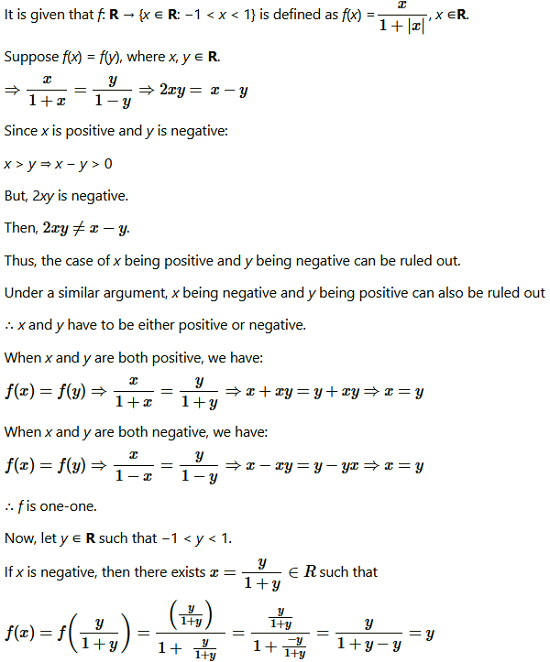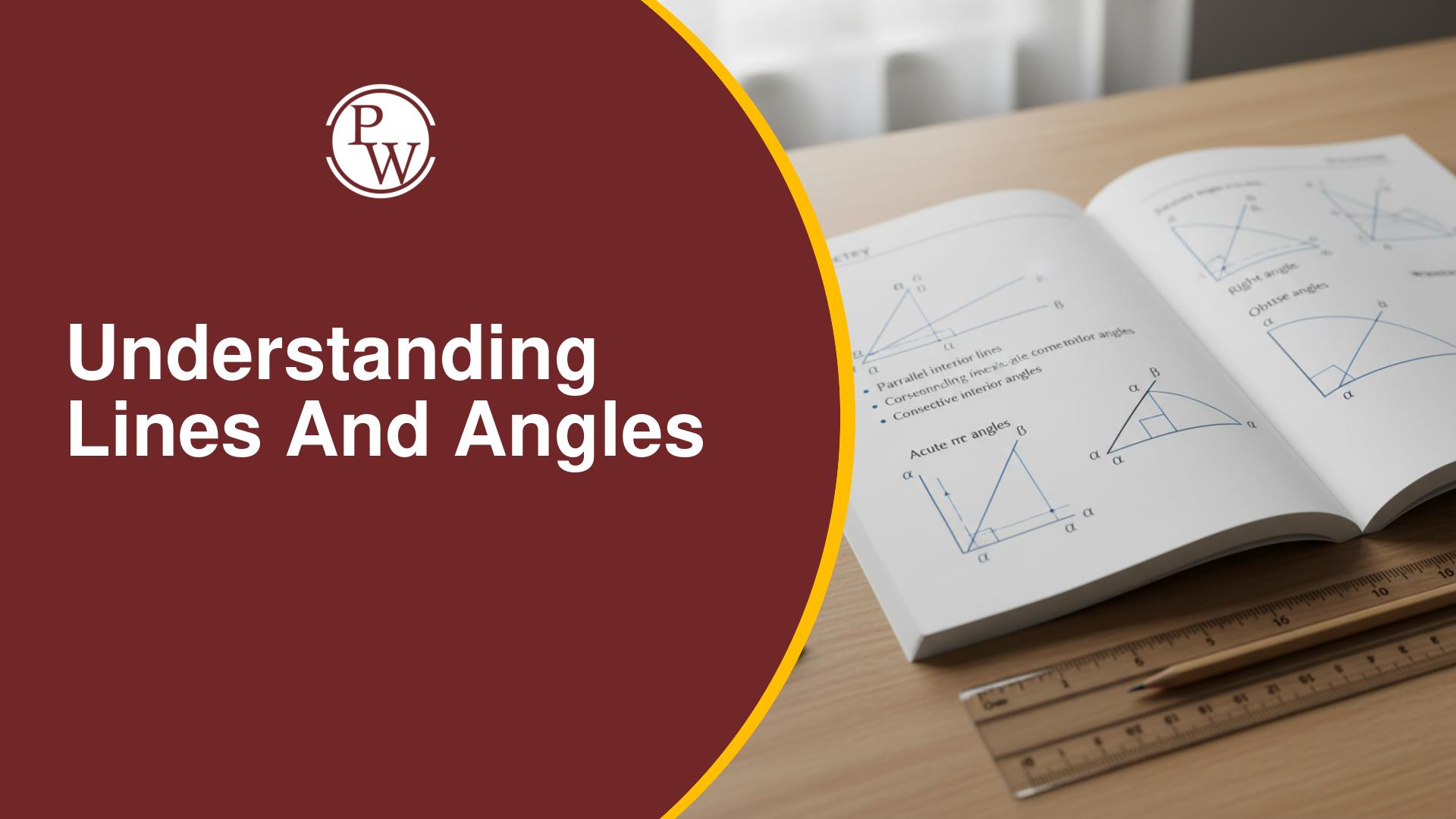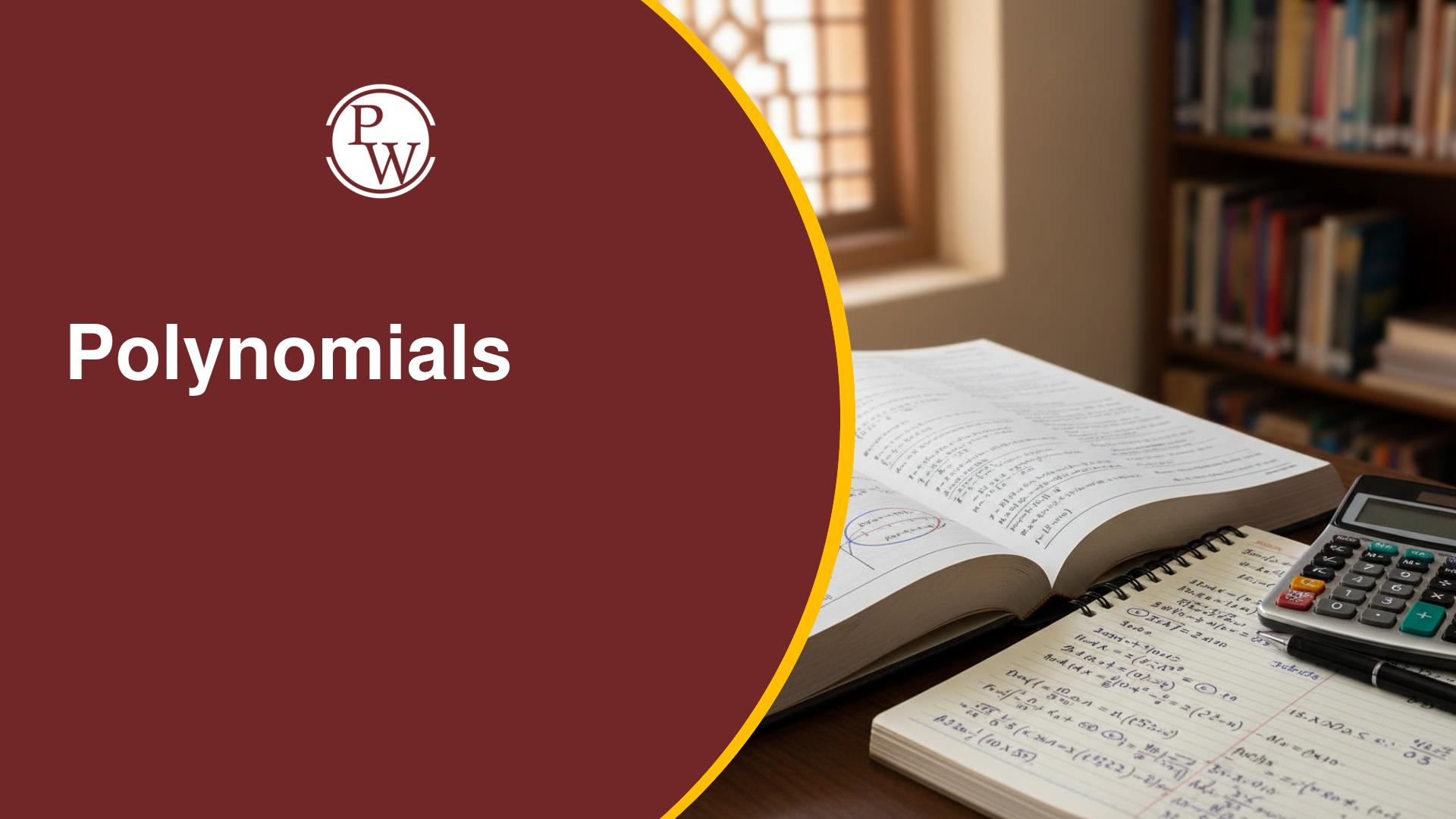
NCERT Solutions for Class 12 Maths Chapter 1 Miscellaneous Exercise (Relations and Functions)
NCERT Solutions for Class 12 Maths Chapter 1 Miscellaneous Exercise of Relations and Functions is prepared by academic team of Physics Wallah. We have prepared NCERT Solutions for all exercise of chapter 1. Given below is step by step solutions of all questions given in NCERT textbook for Chapter 1 Relations and Functions.NCERT Solutions for class 12 Physics
NCERT Solutions for Class 12 Maths Chapter 1 Miscellaneous Exercise
Solve The Following Questions NCERT Solutions for Class 12 Maths Chapter 1 Miscellaneous Exercise (Relations and Functions):
Question 1. Let f: R → R be defined as f(x) = 10x + 7. Find the function g: R → R such that g o f = f o g = 1R. Solution :

NCERT Solutions for Class 12 Maths Chapter 1 Exercise 1.1
Question 2. Let f: W → W be defined as f(n) = n − 1, if is odd and f(n) = n + 1, if n is even. Show that f is invertible. Find the inverse of f. Here, W is the set of all whole numbers. Solution :

NCERT Solutions for Class 12 Maths Chapter 1 Exercise 1.2
Question 3. If f: R → R is defined by f(x) = x 2 − 3x + 2, find f(f(x)). Solution : Question
4. Show that function f: R → {x ∈ R: −1 < x < 1} defined by f(x) = x/1+|x| x ∈R is one-one and onto function.
Solution :
Question
4. Show that function f: R → {x ∈ R: −1 < x < 1} defined by f(x) = x/1+|x| x ∈R is one-one and onto function.
Solution :


NCERT Solutions for Class 12 Maths Chapter 1 Exercise 1.2
Question 5. Show that the function f: R → R given by f(x) = x 3 is injective. Ans f: R → R is given as f(x) = x 3 . Suppose f(x) = f(y), where x, y ∈ R. ⇒ x 3 = y 3 … (1) Now, we need to show that x = y. Suppose x ≠ y, their cubes will also not be equal. ⇒ x 3 ≠ y 3 However, this will be a contradiction to (1). ∴ x = y Hence, f is injective.NCERT Solutions for Class 12 Maths Chapter 1 Exercise 1.3
Question 6. Give examples of two functions f: N → Z and g: Z → Z such that g o f is injective but g is not injective. (Hint: Consider f(x) = x and g(x) = |x| ) Solution :
NCERT Solutions for Class 12 Maths Chapter 1 Exercise 1.4
Question 7. Given examples of two functions f: N → N and g: N → N such that gof is onto but f is not onto. (Hint: Consider f(x) = x + 1 and )
Solution :
)
Solution :
 Question
8. Given a non empty set X, consider P(X) which is the set of all subsets of X.
Define the relation R in P(X) as follows: For subsets A, B in P(X), ARB if and only if A ⊂ B. Is R an equivalence relation on P(X)? Justify you answer:
Solution :
Since every set is a subset of itself, ARA for all A ∈ P(X).
∴R is reflexive.
Let ARB ⇒ A ⊂ B.
This cannot be implied to B ⊂ A.
For instance, if A = {1, 2} and B = {1, 2, 3}, then it cannot be implied that B is related to A.
∴ R is not symmetric.
Further, if ARB and BRC, then A ⊂ B and B ⊂ C.
⇒ A ⊂ C
⇒ ARC
∴ R is transitive.
Hence, R is not an equivalence relation since it is not symmetric.
Question
9. Given a non-empty set X, consider the binary operation *: P(X) × P(X) → P(X) given by A * B = A ∩ B & mn For E; A, B in P(X) is the power set of X. Show that X is the identity element for this operation and X is the only invertible element in P(X) with respect to the operation*.
Solution :
Let S be a non-empty set and P(S) be its power set. Let any two subsets A and B of S.
Question
8. Given a non empty set X, consider P(X) which is the set of all subsets of X.
Define the relation R in P(X) as follows: For subsets A, B in P(X), ARB if and only if A ⊂ B. Is R an equivalence relation on P(X)? Justify you answer:
Solution :
Since every set is a subset of itself, ARA for all A ∈ P(X).
∴R is reflexive.
Let ARB ⇒ A ⊂ B.
This cannot be implied to B ⊂ A.
For instance, if A = {1, 2} and B = {1, 2, 3}, then it cannot be implied that B is related to A.
∴ R is not symmetric.
Further, if ARB and BRC, then A ⊂ B and B ⊂ C.
⇒ A ⊂ C
⇒ ARC
∴ R is transitive.
Hence, R is not an equivalence relation since it is not symmetric.
Question
9. Given a non-empty set X, consider the binary operation *: P(X) × P(X) → P(X) given by A * B = A ∩ B & mn For E; A, B in P(X) is the power set of X. Show that X is the identity element for this operation and X is the only invertible element in P(X) with respect to the operation*.
Solution :
Let S be a non-empty set and P(S) be its power set. Let any two subsets A and B of S.
 Question
10. Find the number of all onto functions from the set {1, 2, 3, … , n) to itself.
Solution :
Onto functions from the set {1, 2, 3, … ,n} to itself is simply a permutation on n symbols 1, 2, …, n.
Thus, the total number of onto maps from {1, 2, … , n} to itself is the same as the total number of permutations on n symbols 1, 2, …, n, which is n!.
11. Let S = {a, b, c} and T = {1, 2, 3}. Find F
−1
of the following functions F from S to T, if it exists.
(i) F = {(a, 3), (b, 2), (c, 1)} (ii) F = {(a, 2), (b, 1), (c, 1)}
Solution :
S = {a, b, c}, T = {1, 2, 3}
(i) F: S → T is defined as:
F = {(a, 3), (b, 2), (c, 1)}
⇒ F (a) = 3, F (b) = 2, F(c) = 1
Therefore, F
−1
: T → S is given by
F
−1
= {(3, a), (2, b), (1, c)}.
(ii) F: S → T is defined as:
F = {(a, 2), (b, 1), (c, 1)}
Since F (b) = F (c) = 1, F is not one-one.
Hence, F is not invertible i.e., F
−1
does not exist.
Question
12. Consider the binary operations*: R ×R → and o: R × R → R defined as a * b = |a - b| and ao b = a, & mn For E; a, b ∈ R. Show that * is commutative but not associative, o is associative but not commutative. Further, show that &mn For E;a, b, c ∈ R, a*(b o c) = (a * b) o (a * c). [If it is so, we say that the operation * distributes over the operation o]. Does o distribute over *? Justify your answer.
answer.
Solution :
Question
10. Find the number of all onto functions from the set {1, 2, 3, … , n) to itself.
Solution :
Onto functions from the set {1, 2, 3, … ,n} to itself is simply a permutation on n symbols 1, 2, …, n.
Thus, the total number of onto maps from {1, 2, … , n} to itself is the same as the total number of permutations on n symbols 1, 2, …, n, which is n!.
11. Let S = {a, b, c} and T = {1, 2, 3}. Find F
−1
of the following functions F from S to T, if it exists.
(i) F = {(a, 3), (b, 2), (c, 1)} (ii) F = {(a, 2), (b, 1), (c, 1)}
Solution :
S = {a, b, c}, T = {1, 2, 3}
(i) F: S → T is defined as:
F = {(a, 3), (b, 2), (c, 1)}
⇒ F (a) = 3, F (b) = 2, F(c) = 1
Therefore, F
−1
: T → S is given by
F
−1
= {(3, a), (2, b), (1, c)}.
(ii) F: S → T is defined as:
F = {(a, 2), (b, 1), (c, 1)}
Since F (b) = F (c) = 1, F is not one-one.
Hence, F is not invertible i.e., F
−1
does not exist.
Question
12. Consider the binary operations*: R ×R → and o: R × R → R defined as a * b = |a - b| and ao b = a, & mn For E; a, b ∈ R. Show that * is commutative but not associative, o is associative but not commutative. Further, show that &mn For E;a, b, c ∈ R, a*(b o c) = (a * b) o (a * c). [If it is so, we say that the operation * distributes over the operation o]. Does o distribute over *? Justify your answer.
answer.
Solution :

 Question
13. Given a non-empty set X, let *: P(X) × P(X) → P(X) be defined as A * B = (A − B) ∪ (B − A), & mn For E; A, B ∈ P(X). Show that the empty set Φ is the identity for the operation * and all the elements A of P(X) are invertible with A−1 = A. (Hint: (A − Φ) ∪ (Φ − A) = A and (A − A) ∪ (A − A) = A * A = Φ).
Solution :
: It is given that ∗: P(X) × P(X) → P(X) be defined as
A * B = (A – B) ∪ (B – A), A, B ∈ P(X).
Now, let A ϵ P(X). Then, we get,
A * ф = (A – ф) ∪ (ф –A) = A∪ф = A
ф * A = (ф - A) ∪ (A - ф ) = ф∪A = A
A * ф = A = ф * A, A ϵ P(X)
Therefore, ф is the identity element for the given operation *.
Now, an element A ϵ P(X) will be invertible if there exists B ϵ P(X) such that
A * B = ф = B * A. (as ф is an identity element.)
Now, we can see that A * A = (A –A) ∪ (A – A) = ф∪ф = ф AϵP(X).
Therefore, all the element A of P(X) are invertible with A-1 = A.
Question
14. Define binary operation * on the set {0, 1, 2, 3, 4, 5} as
Question
13. Given a non-empty set X, let *: P(X) × P(X) → P(X) be defined as A * B = (A − B) ∪ (B − A), & mn For E; A, B ∈ P(X). Show that the empty set Φ is the identity for the operation * and all the elements A of P(X) are invertible with A−1 = A. (Hint: (A − Φ) ∪ (Φ − A) = A and (A − A) ∪ (A − A) = A * A = Φ).
Solution :
: It is given that ∗: P(X) × P(X) → P(X) be defined as
A * B = (A – B) ∪ (B – A), A, B ∈ P(X).
Now, let A ϵ P(X). Then, we get,
A * ф = (A – ф) ∪ (ф –A) = A∪ф = A
ф * A = (ф - A) ∪ (A - ф ) = ф∪A = A
A * ф = A = ф * A, A ϵ P(X)
Therefore, ф is the identity element for the given operation *.
Now, an element A ϵ P(X) will be invertible if there exists B ϵ P(X) such that
A * B = ф = B * A. (as ф is an identity element.)
Now, we can see that A * A = (A –A) ∪ (A – A) = ф∪ф = ф AϵP(X).
Therefore, all the element A of P(X) are invertible with A-1 = A.
Question
14. Define binary operation * on the set {0, 1, 2, 3, 4, 5} as
 Show that zero is the identity for this operation and each element a ≠ 0 of the set is invertible with 6 - abeing the inverse of a
Solution :
Show that zero is the identity for this operation and each element a ≠ 0 of the set is invertible with 6 - abeing the inverse of a
Solution :

| * | 0 | 1 | 2 | 3 | 4 | 5 |
| 0 | 0 | 1 | 2 | 3 | 4 | 5 |
| 1 | 1 | 2 | 3 | 4 | 5 | 0 |
| 2 | 2 | 3 | 4 | 5 | 0 | 1 |
| 3 | 3 | 4 | 5 | 0 | 1 | 2 |
| 4 | 4 | 5 | 0 | 1 | 2 | 3 |
| 5 | 5 | 0 | 1 | 2 | 3 | 4 |
 Question
16. Let A = {1, 2, 3}. Then number of relations containing (1, 2) and (1, 3) which are reflexive and symmetric but not transitive is:
(A) 1
(B) 2
(C) 3
(D) 4
Solution :
It is clear that 1 is reflexive and symmetric but not transitive.
Therefore, option (A) is correct.
Question
17. Let A = {1, 2, 3}. Then number of equivalence relations containing (1, 2) is:
(A) 1
(B) 2
(C) 3
(D) 4
Solution :
2, Therefore, option (B) is correct.
Question
18. Let R → R be the Signum Function defined as
Question
16. Let A = {1, 2, 3}. Then number of relations containing (1, 2) and (1, 3) which are reflexive and symmetric but not transitive is:
(A) 1
(B) 2
(C) 3
(D) 4
Solution :
It is clear that 1 is reflexive and symmetric but not transitive.
Therefore, option (A) is correct.
Question
17. Let A = {1, 2, 3}. Then number of equivalence relations containing (1, 2) is:
(A) 1
(B) 2
(C) 3
(D) 4
Solution :
2, Therefore, option (B) is correct.
Question
18. Let R → R be the Signum Function defined as
 and R → R be the Greatest Function given by g(x) = [x] where [x] is greatest integer less than or equal to x
Then, does fog and gof coincide in (0, 1)?
Solution :
and R → R be the Greatest Function given by g(x) = [x] where [x] is greatest integer less than or equal to x
Then, does fog and gof coincide in (0, 1)?
Solution :
 Therefore, option (B) is correct.
Question
19. Number of binary operation on the set {a, b} are:
(A) 10
(b) 16
(C) 20
(D) 8
Solution :
A binary operation * on {a, b} is a function from {a, b} × {a, b} → {a, b}
i.e., * is a function from {(a, a), (a, b), (b, a), (b, b)} → {a, b}.
Hence, the total number of binary operations on the set {a, b} is 2
4
i.e., 16.
The correct answer is B.
Therefore, option (B) is correct.
Question
19. Number of binary operation on the set {a, b} are:
(A) 10
(b) 16
(C) 20
(D) 8
Solution :
A binary operation * on {a, b} is a function from {a, b} × {a, b} → {a, b}
i.e., * is a function from {(a, a), (a, b), (b, a), (b, b)} → {a, b}.
Hence, the total number of binary operations on the set {a, b} is 2
4
i.e., 16.
The correct answer is B.
🔥 Trending Blogs
Talk to a counsellorHave doubts? Our support team will be happy to assist you!

Check out these Related Articles
Free Learning Resources
PW Books
Notes (Class 10-12)
PW Study Materials
Notes (Class 6-9)
Ncert Solutions
Govt Exams
Class 6th to 12th Online Courses
Govt Job Exams Courses
UPSC Coaching
Defence Exam Coaching
Gate Exam Coaching
Other Exams
Know about Physics Wallah
Physics Wallah is an Indian edtech platform that provides accessible & comprehensive learning experiences to students from Class 6th to postgraduate level. We also provide extensive NCERT solutions, sample paper, NEET, JEE Mains, BITSAT previous year papers & more such resources to students. Physics Wallah also caters to over 3.5 million registered students and over 78 lakh+ Youtube subscribers with 4.8 rating on its app.
We Stand Out because
We provide students with intensive courses with India’s qualified & experienced faculties & mentors. PW strives to make the learning experience comprehensive and accessible for students of all sections of society. We believe in empowering every single student who couldn't dream of a good career in engineering and medical field earlier.
Our Key Focus Areas
Physics Wallah's main focus is to make the learning experience as economical as possible for all students. With our affordable courses like Lakshya, Udaan and Arjuna and many others, we have been able to provide a platform for lakhs of aspirants. From providing Chemistry, Maths, Physics formula to giving e-books of eminent authors like RD Sharma, RS Aggarwal and Lakhmir Singh, PW focuses on every single student's need for preparation.
What Makes Us Different
Physics Wallah strives to develop a comprehensive pedagogical structure for students, where they get a state-of-the-art learning experience with study material and resources. Apart from catering students preparing for JEE Mains and NEET, PW also provides study material for each state board like Uttar Pradesh, Bihar, and others
Copyright © 2025 Physicswallah Limited All rights reserved.
Get App









